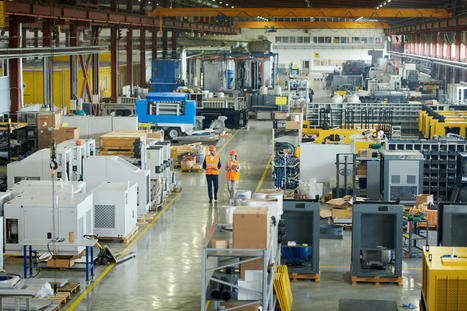Advanced Manufacturing Not Yet Adding Up for the Army
Get Started for FREE
Sign up with Facebook Sign up with X
I don't have a Facebook or a X account

 Your new post is loading... Your new post is loading...
 Your new post is loading... Your new post is loading...
|

Joe Boutte's curator insight,
November 12, 2021 8:33 AM
Donald Leka outlines some ways to employ new technologies and integrated data to predict supply chain disruption and mitigate some of the backups caused by COVID, natural disasters, and international relations. In terms of agility and resilience, companies and governments should begin to employ predictive systems to transform reactive processes to more predictive, proactive processes that are not vulnerable to the various threats to the global manufacturing supply chains.
The examples in this article related to Viet Nam's manufacturing capabilities, COVID vaccination rates, government restrictions, industry requests to POTUS Biden to accelerate vaccine donations, and other variables are all data sources for predictive systems. As many data and technology firms continue to integrate multiple data sources, apply predictive analytics, and create actionable insights for companies, governments, manufacturers, and supply chain experts, the opportunity to restore stability is ripe. Lastly, the implementation of predictive systems will strengthen manufacturing and their associated supply chains to become more agile and resilient to mitigate the threats and vulnerabilities posed by pandemics, worker shortages, container shortages, and political machinations. |


















Being an early adopter for a complex, modern army to apply additive manufacturing to field operations, mitigate supply chain challenges, and maintain readiness won't happen overnight. The leadership vision and resources to move from concept to viable replacement parts for deployed soldiers will happen. Appreciate all the work going on across the Army, especially TACOM, to implement additive technologies. Consider how far they've come already through the "crawl" phase of implementing additive technology to produce simple components in the field according to Brian Butler, Deputy to the Commander, TACOM:
TACOM started by evaluating 146,000 parts and components. They distilled that down to 1,000 that could potentially be produced through additive manufacturing.
Out of that thousand, we've got just a little over 200 that we've been able to actually qualify, with a hundred of those only being available for battle damage assessment and repair.
Stay with it!
#ArmyStrong